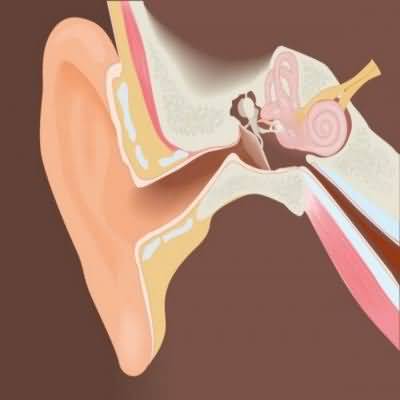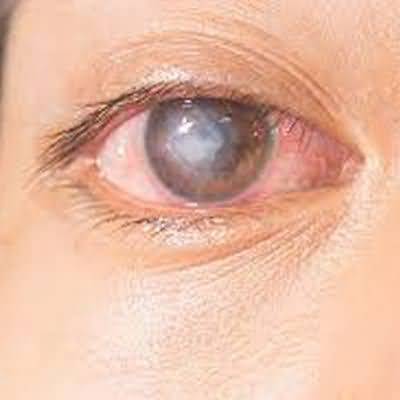Conjunctival Corneal Foreign Bodies
Conjunctival Corneal Foreign Bodies
If a patient complains of “something in my eye” and gives a consistent history, a foreign body is usually present on the cornea or under the upper lid even though it may not be visible
Visual acuity should be tested before treatment is instituted, to assess the severity of the injury and as a basis for comparison in the event of complications
After a local anesthetic (eg, proparacaine, 0
5%) is instilled, the eye is examined with a slit lamp or with a hand flashlight, using oblique illumination, and loupe
Corneal foreign bodies may be made more apparent by the instillation of sterile fluorescein
They are then removed with a sterile wet cotton-tipped applicator or hypodermic needle
Bacitracin-polymyxin ophthalmic ointment should be instilled
It is not necessary to patch the eye
All patients need to be advised to return promptly for reassessment if there is any increase in pain, redness, or impairment of vision
Iron foreign bodies usually leave a diffuse rust ring
This requires excision and is best done under local anesthesia using a slit lamp
Caution: Anesthetic drops should not be given to the patient for self-administration
If there is no infection, a layer of corneal epithelial cells will line the crater within 24 hours
While the epithelium is defective, the cornea is extremely susceptible to infection
Early infection is manifested by a white necrotic area around the crater and a small amount of gray exudate
In the case of a foreign body under the upper lid, a local anesthetic is instilled and the lid is everted by grasping the lashes gently and exerting pressure on the mid portion of the outer surface of the upper lid with an applicator
If a foreign body is present, it can easily be removed by passing a wet sterile cotton-tipped applicator across the conjunctival surface
When to Refer
Urgent referral to an ophthalmologist should be arranged if a corneal foreign body cannot be removed or if there is suspicion of corneal infection

















